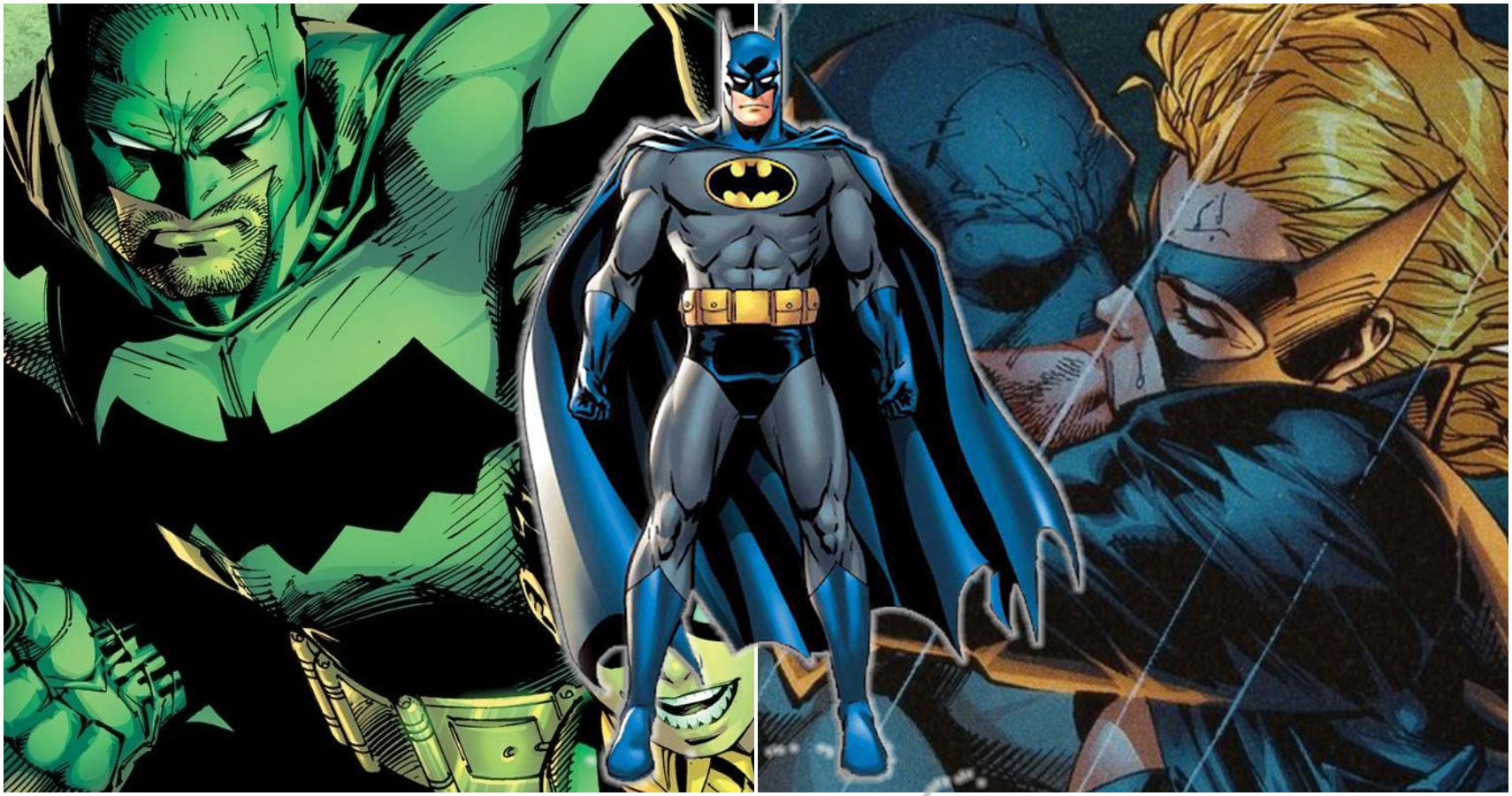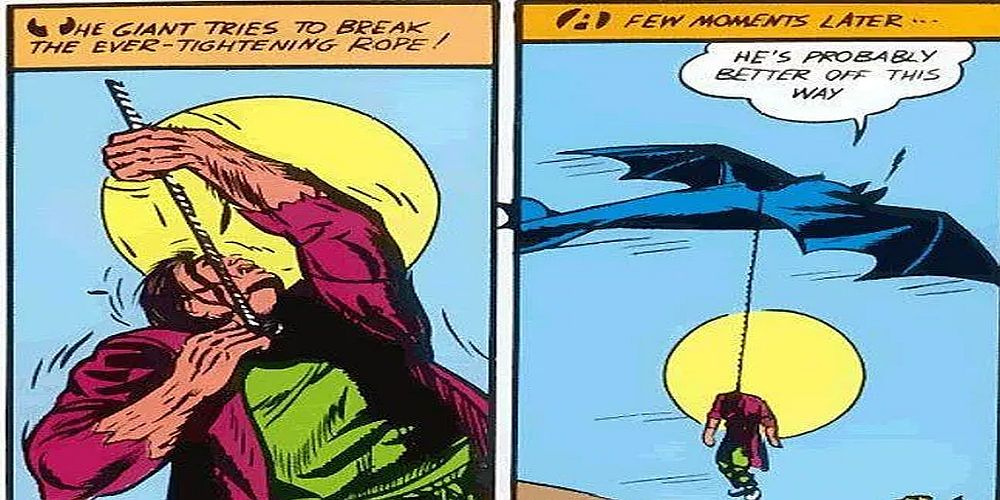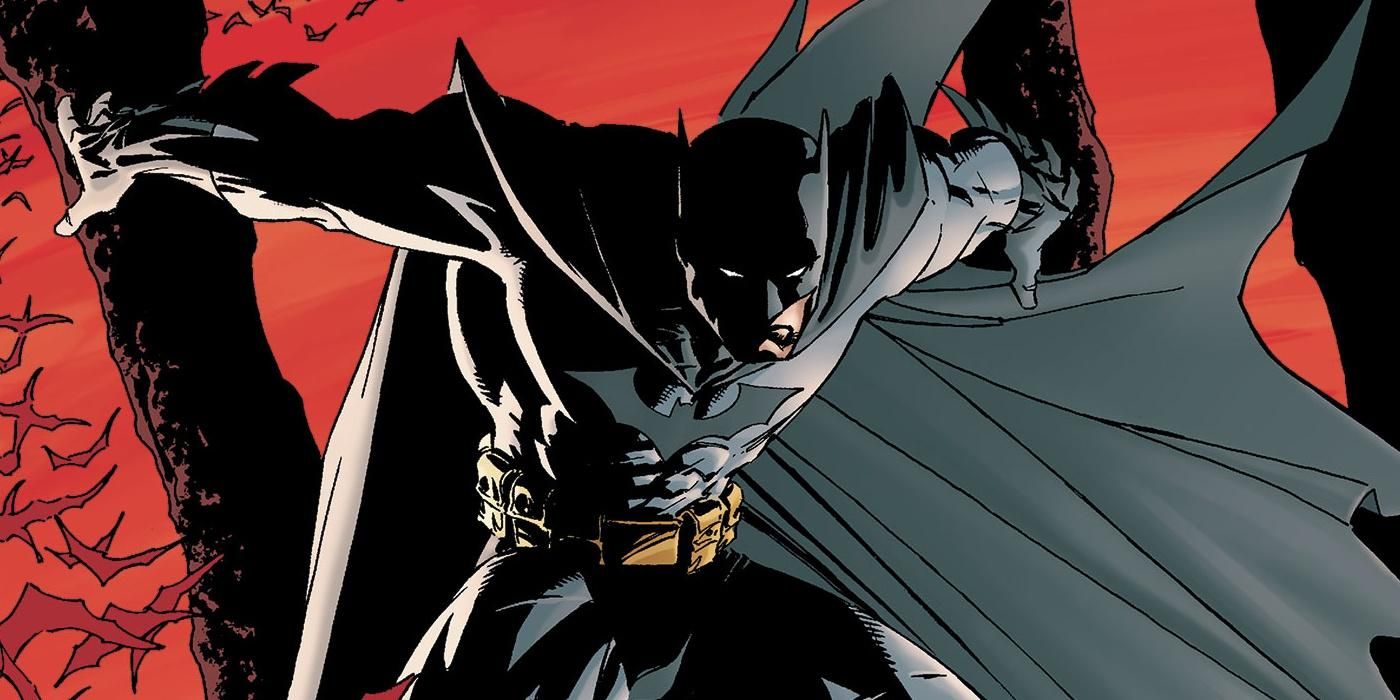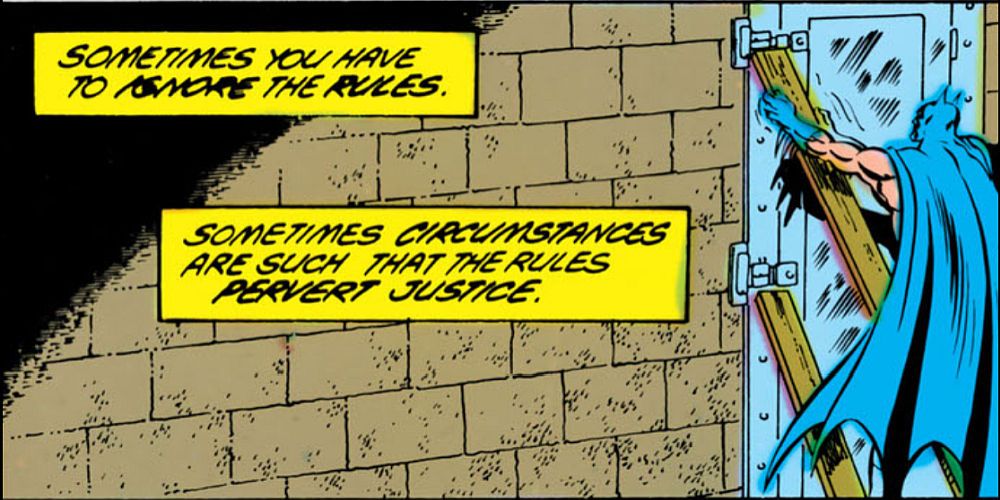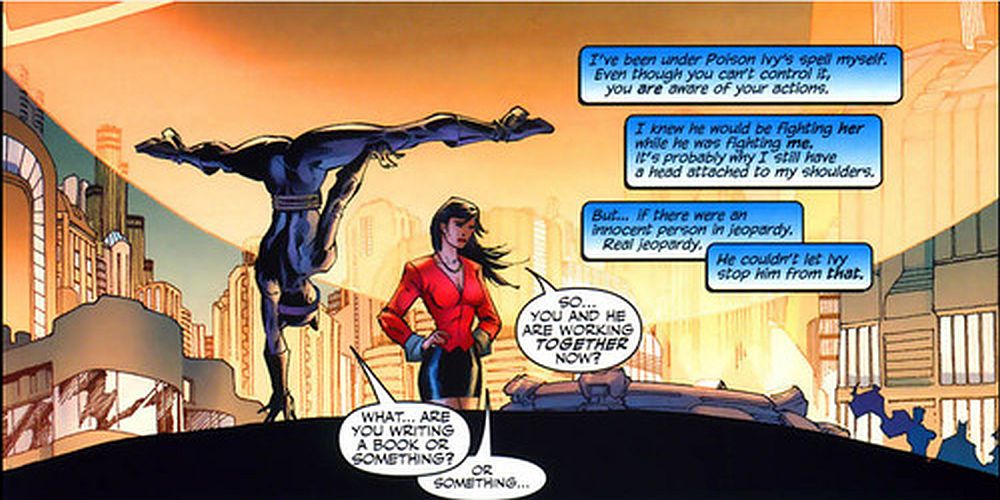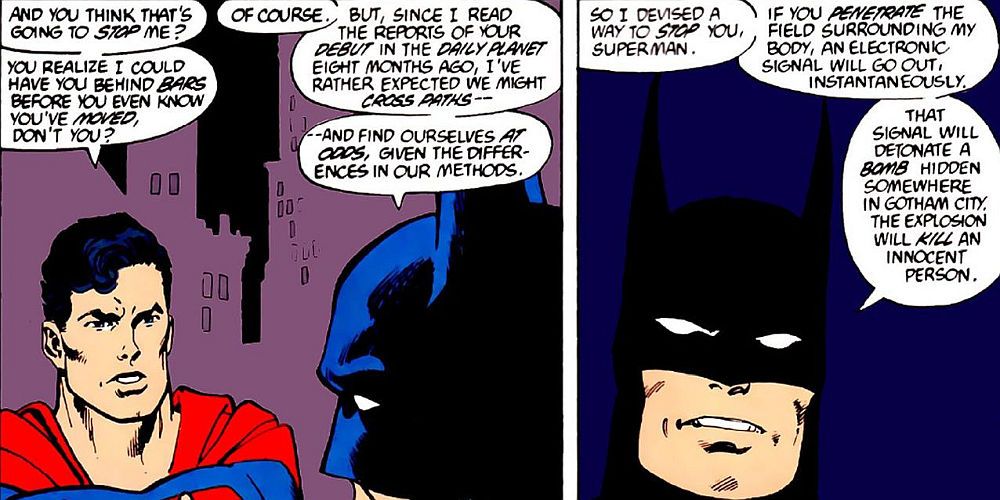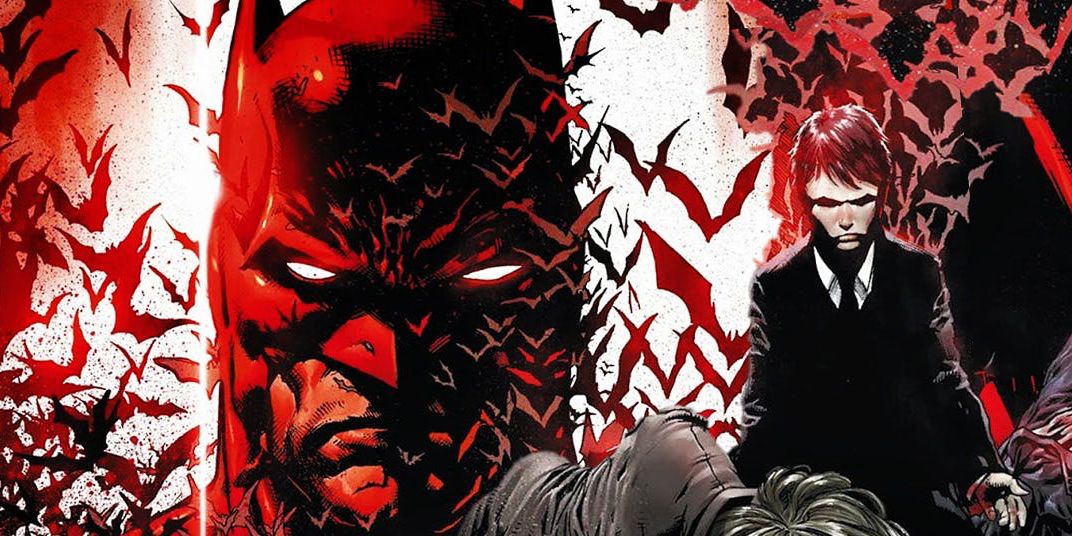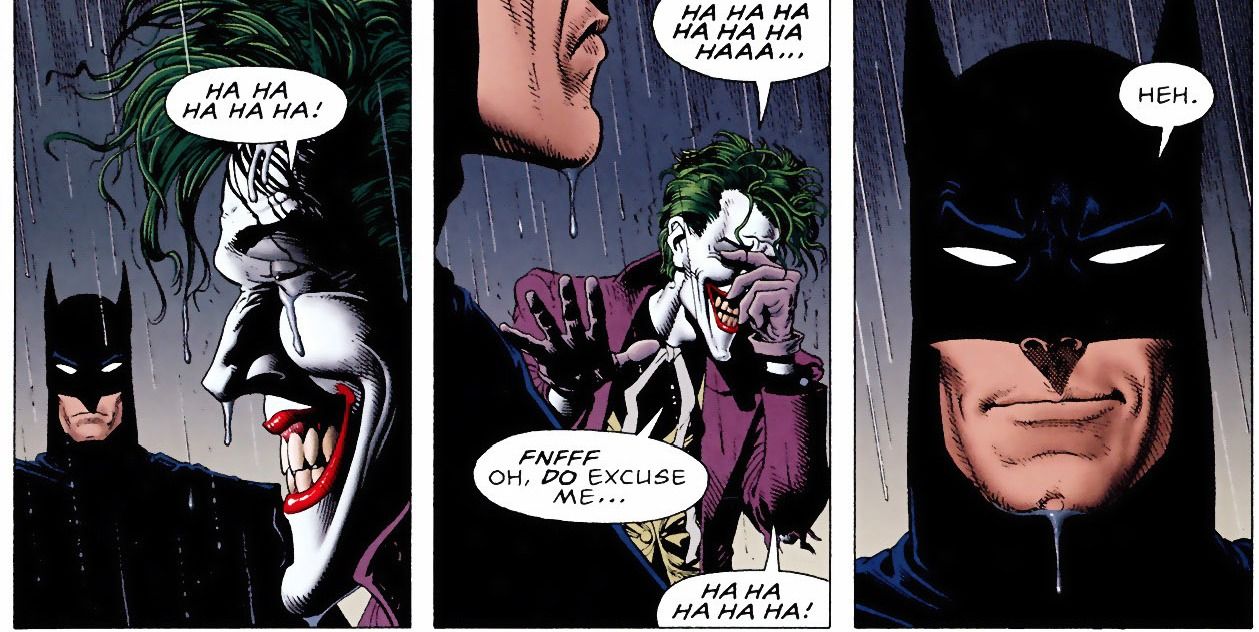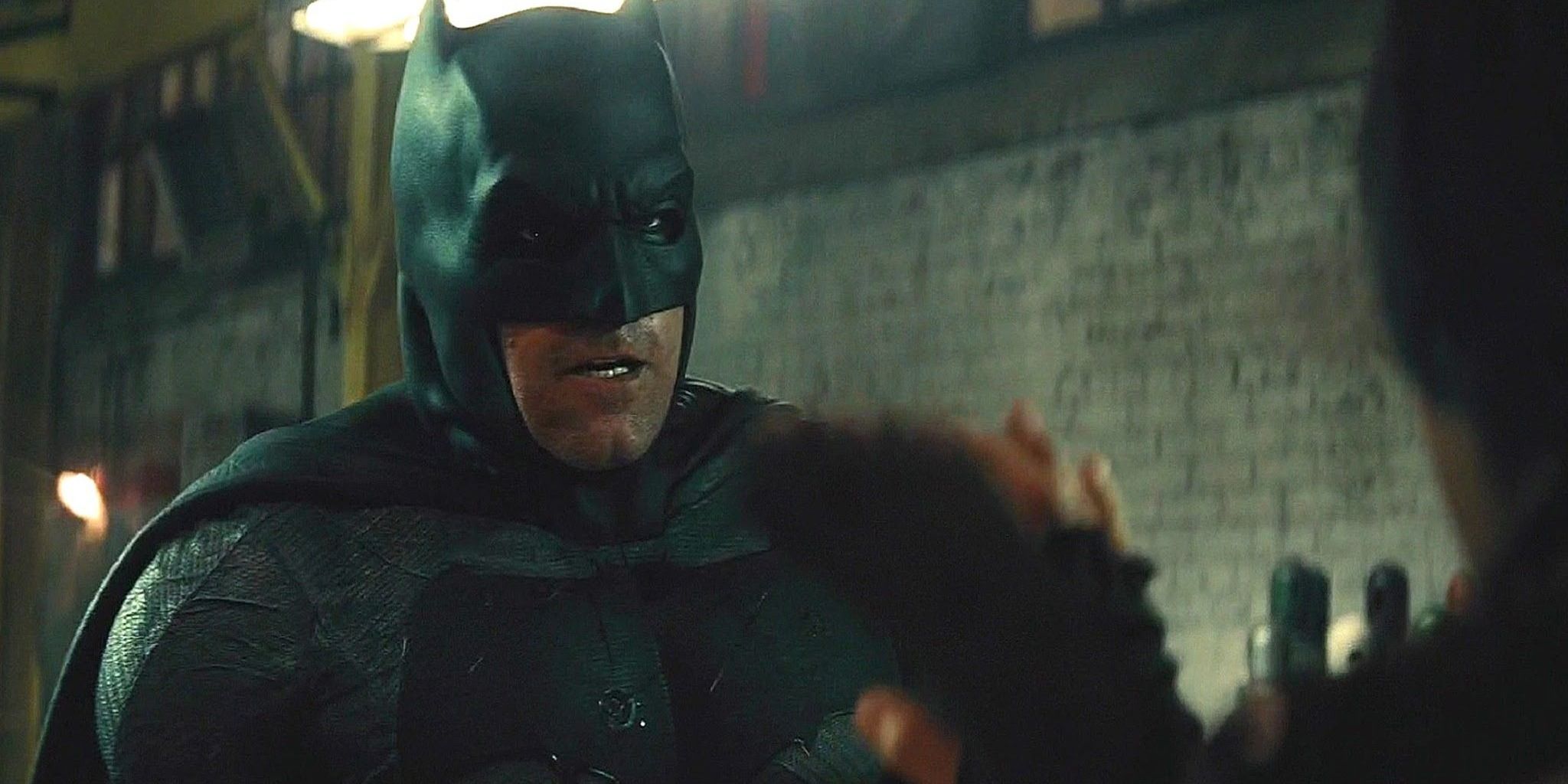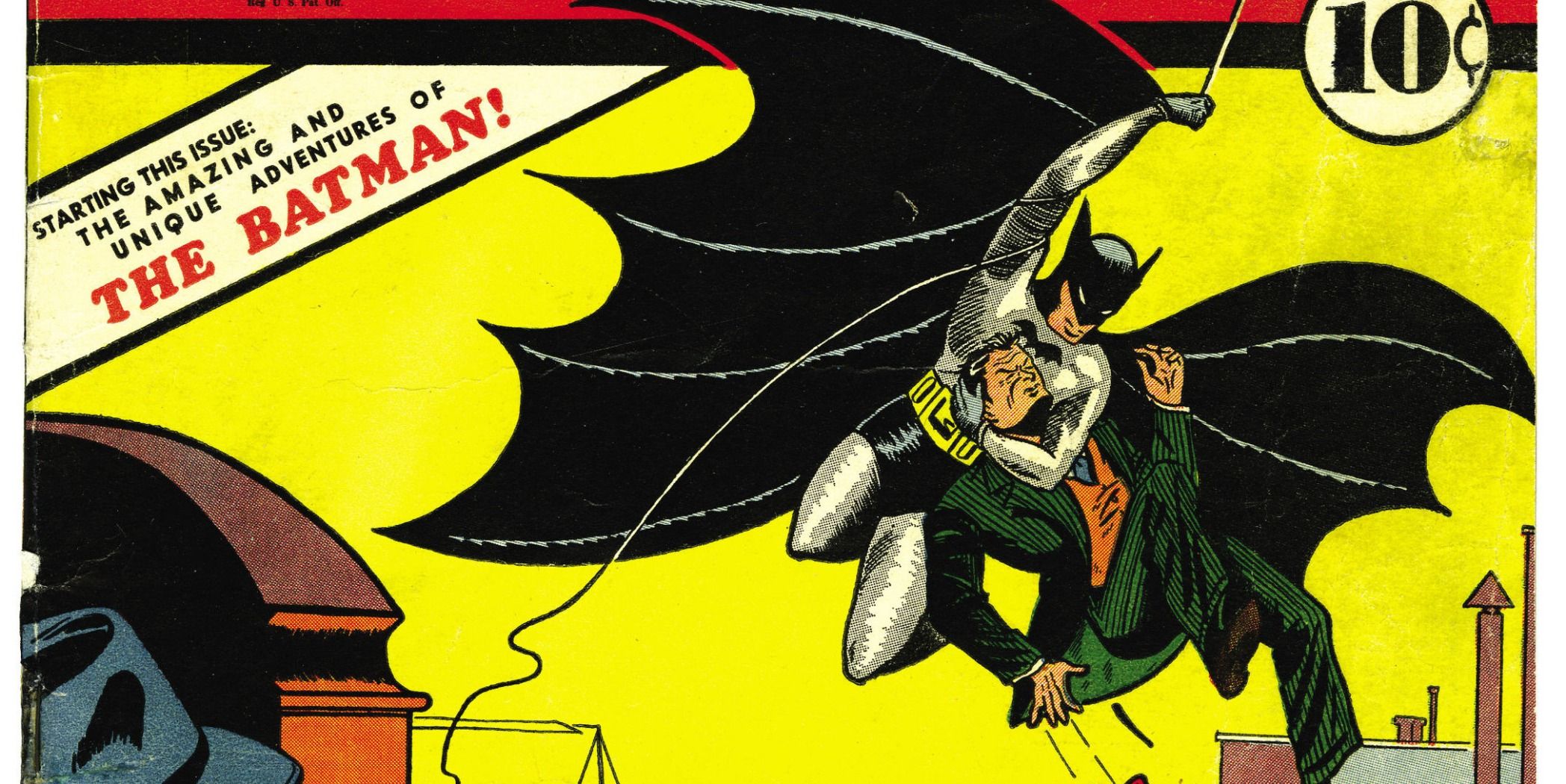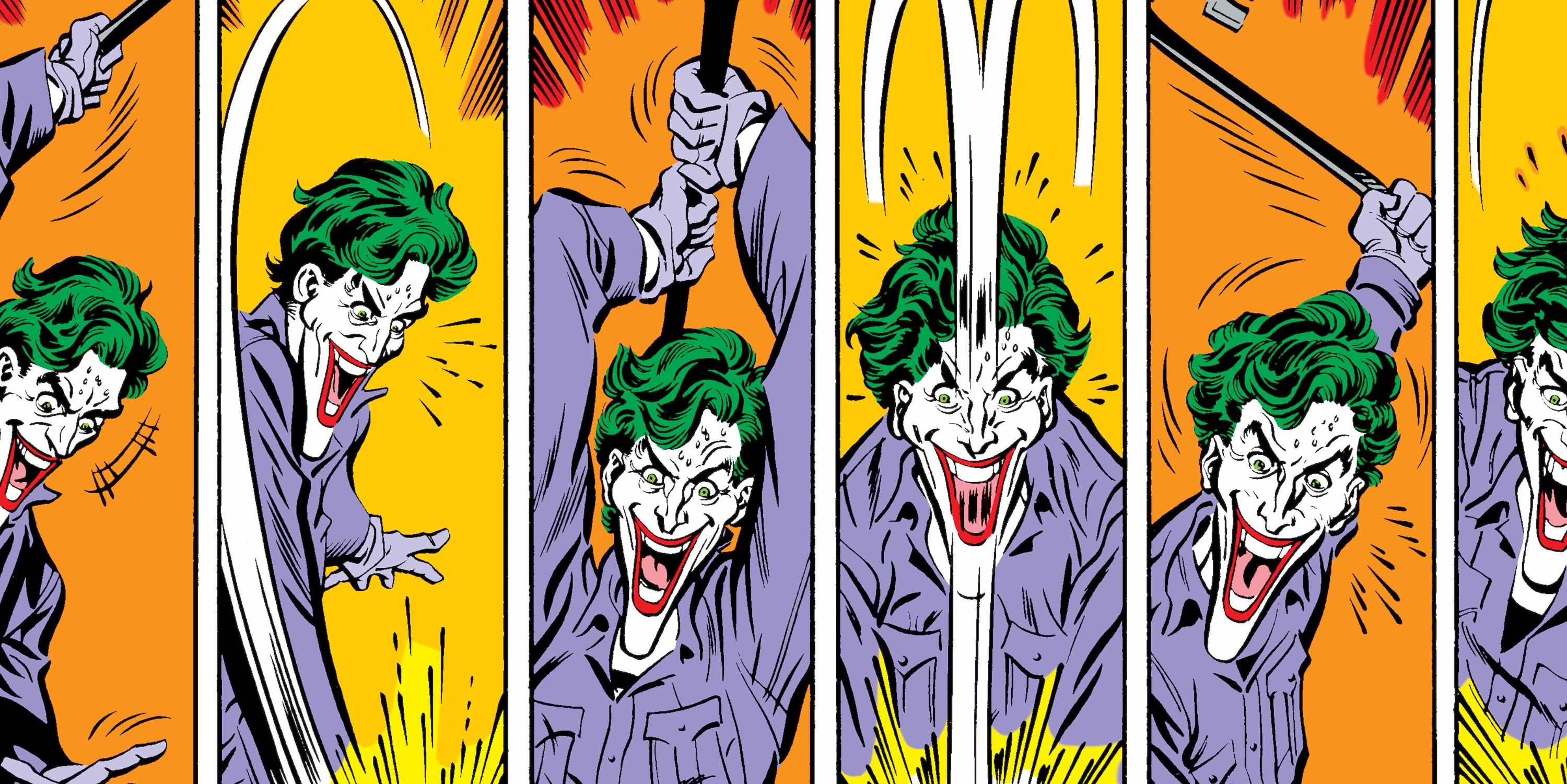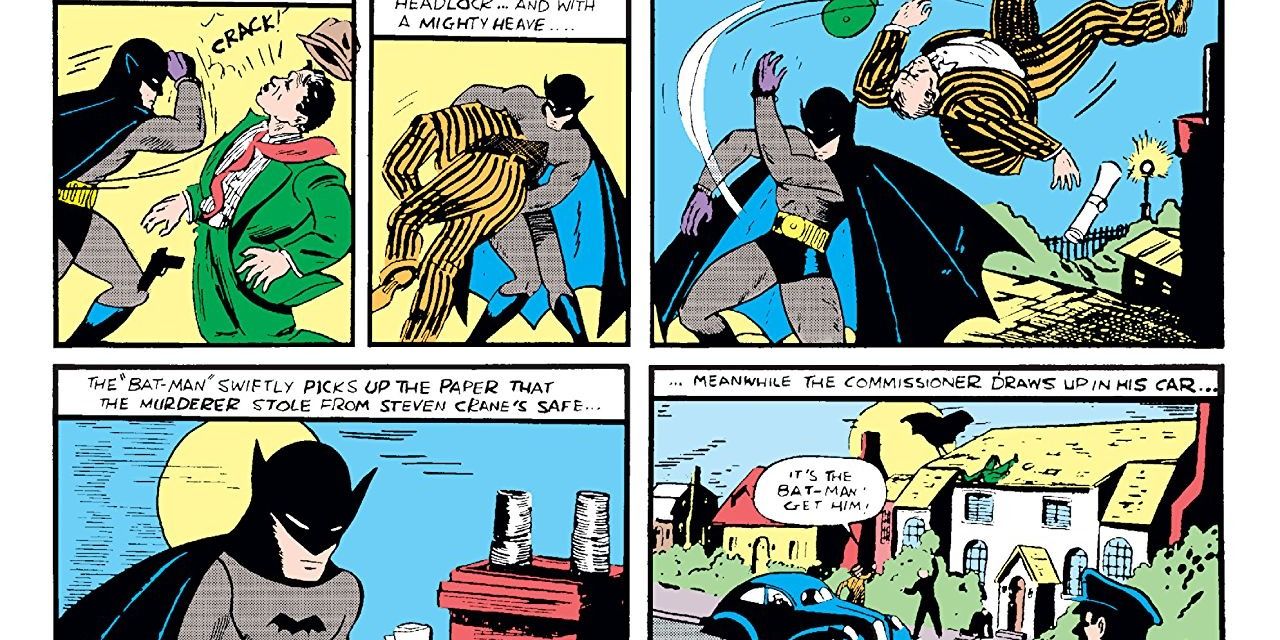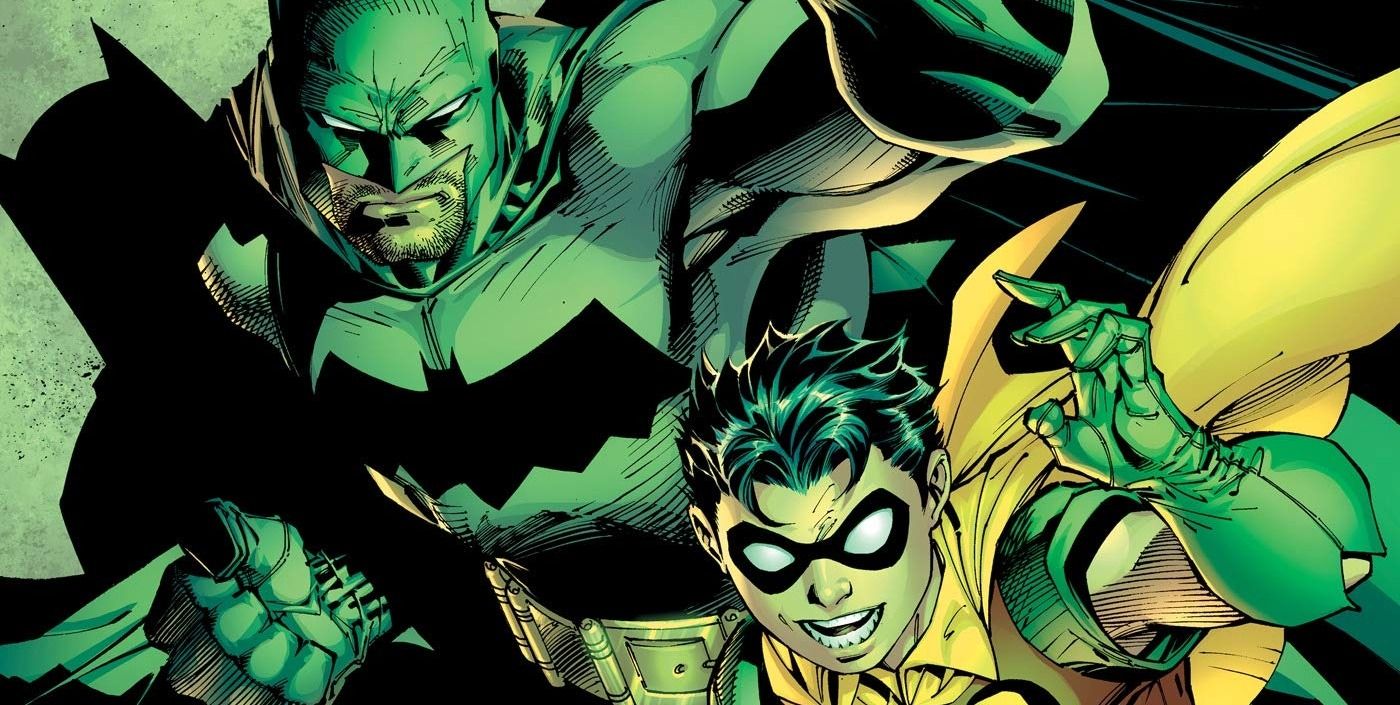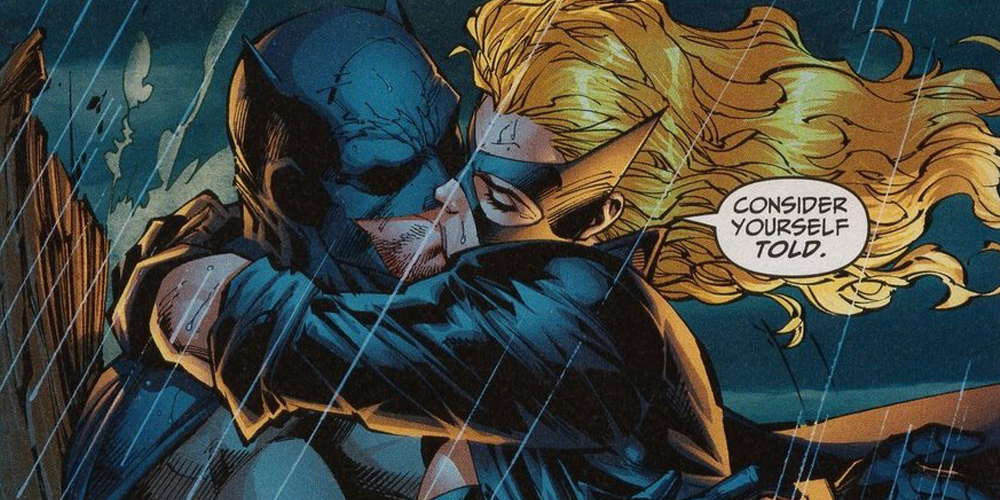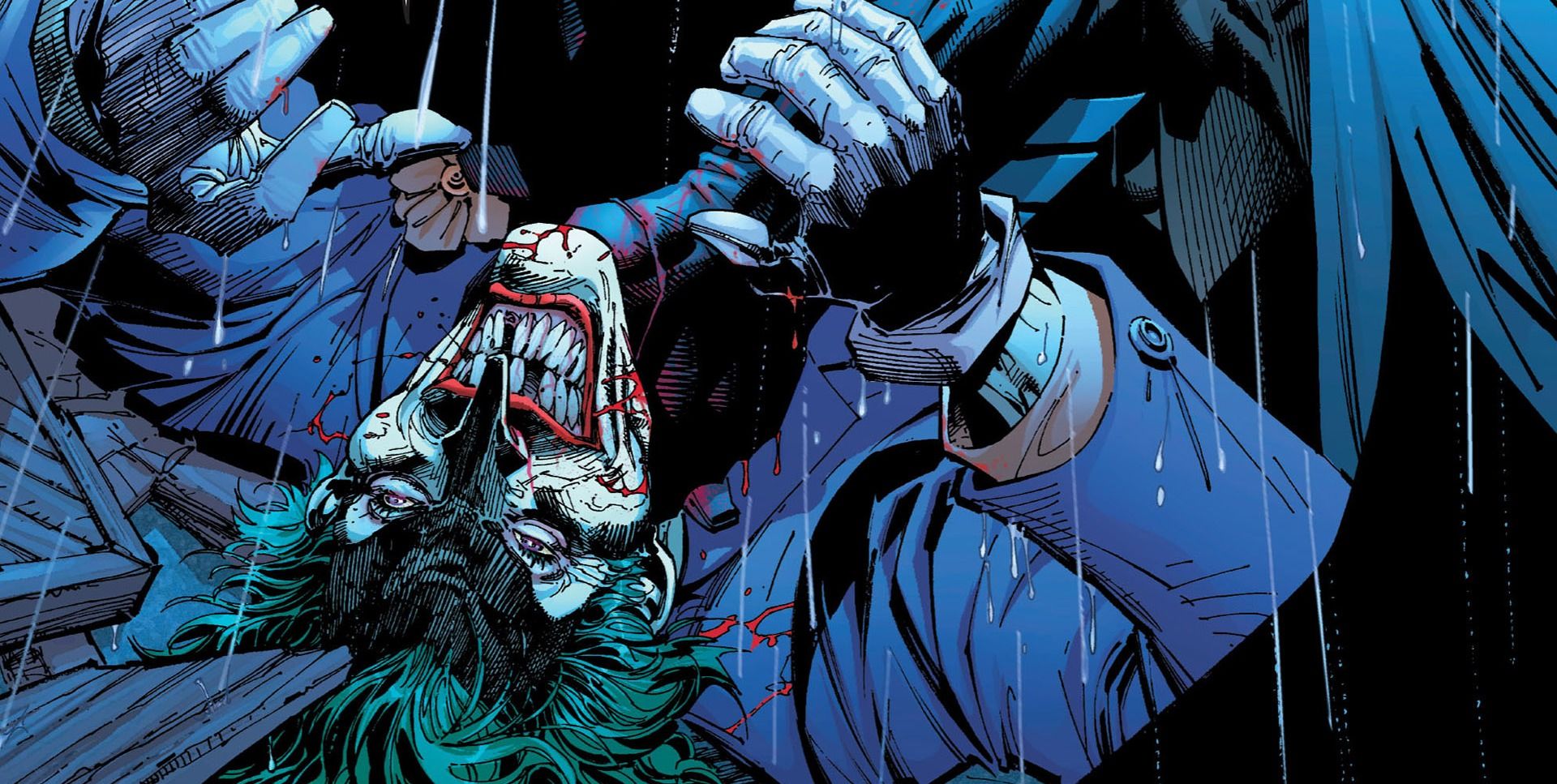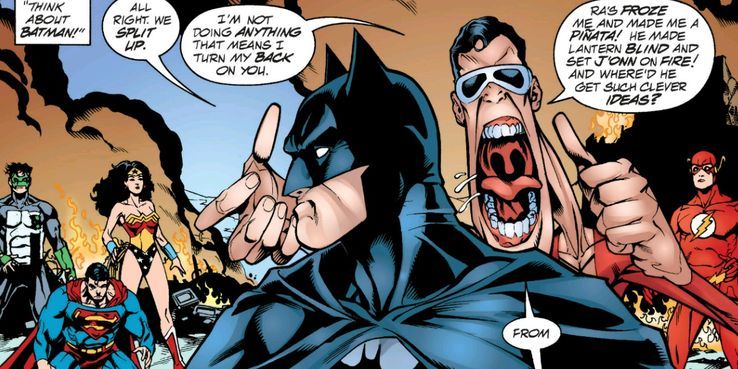Comic books have long flitted between being child-friendly, colorful content and gritty, dark stories targeted at older readers. Batman is one of the darkest characters in comic book history, despite his long-standing reputation as one of the most recognizable and iconic superheroes in popular culture.
The Dark Knight has battled psychopathic villains, deranged monsters and his inner demons. Bruce Wayne, for all his heroism, is a flawed and traumatized character who often contradicts himself. However, that is part of the realist charm of the Batman universe. Here are ten times Batman was the darkest character in DC Comics.
Updated on March 24, 2020 by Richard Keller: There's a lot of history to go through when it comes to the Dark Knight. While his adventures in the 1950s and 1960s were colorful, the rest of his time is filled with opaque moments. Considering his past, this isn't surprising. Here are some more situations where Batman was DC's darkest hero.
15 Kills Someone Hanging From The Batplane
The first years of Batman were pretty dark. Rather than keeping his demons in check, he didn't hesitate to let them out on a regular basis. Since he decided not to use a gun, there were other means of taking a criminal down.
Case in point, a battle with a genetically enhanced man in the pages of Batman #1. Hanging him by the neck, he trails the criminal below the Batplane for everyone to see. Eventually, when he discovered the person has died, he quips, "He's probably better off this way." This makes Batman seem like both judge and jury.
14 He Becomes a Vampire
Granted, the concept of Batman turning into a vampire is part of Elseworlds canon. Nevertheless, it shows how dark he can get. Then again, he did take the blood of the Joker in Batman: Bloodstorm to quench his hunger. No wonder he became so evil.
It got even worse in the last part of the Batman & Dracula trilogy, Crimson Mist. After Alfred removes the stake from Batman's heart, the Dark Knight goes on a killing rampage. He's destroyed for good after the Batcave's roof is destroyed and sunlight causes him to disintegrate into dust.
13 He Leaves KGBeast to Die
The Batman of the post-Crisis on Infinite Earths era was definitely darker. Perhaps it was a result of Frank Miller's The Dark Knight Returns or Year One series. On the other hand, it could have been a result of the "grim and gritty" era of comics at that time. Nevertheless, even with the Jason Todd version of Robin to calm him, he still had his moments.
Take Batman #420 as an example. After battling the KGBeast for several episodes, the Dark Detective decides he's had enough. he seals the assassin in an abandoned subway tunnel. The assumption is he left him there to die. While the event was eventually retconned to show Batman calling the police, it gave fans a glimpse of how dark the hero could be.
12 He Asks Catwoman to Throw Lois Lane Off A Building
This is a dark moment with a silver lining. During the epic maxi-series, Batman: Hush, Batman and Catwoman go up against Poison Ivy. However, she has a powerful henchman in the form of a hypnotized Superman.
To prevent him and Catwoman from being pulverized, Batman comes up with a plan. Selina "kidnaps" Lois Lane, goes up to the Daily Planet's roof, and throws Superman's wife off of it. While Superman comes to his senses to rescue Lois, it's a dark moment between two friends.
11 He Threatens To Blow Up Innocent Bystanders
During the first Man of Steel mini-series by John Byrne, readers were introduced to a much darker Batman. Here, he is a Caped Crusader who truly wants to work alone. Especially when it comes to the protection of Gotham City.
When Superman tries to intrude on his territory to find the bomber known as Magpie, Batman threatens him. After activating a force field, the Dark Knight informs the Man of Steel he will blow up an individual if he tries to subdue him and take him to jail. Though readers find out Bats is the targeted individual at the end of the story, it shows how dark he can get when he needs to get something done.
10 The Death Of His Parents
Batman's origins are well-known after several live-action adaptations. A young Bruce Wayne witnesses the murder of his parents after leaving a screening of The Mask Of Zorro. Thomas and Martha Wayne are shot in front of their son and this is the catalyst that transforms Bruce into Batman.
The death of his parents haunts Bruce. Witnessing his mother and father die so horribly at such a young age traumatized the young Caped Crusader and left him with a simmering vendetta against the criminal underworld of Gotham.
9 Laughing With The Joker
One of Batman's most defining characteristics is his relationship with the Joker. The Clown Prince of Crime is the Dark Knight's arch-nemesis and has murdered countless innocent people, yet Bruce refuses to kill him for several reasons. The relationship between the hero and the villain is almost co-dependent, highlighting the are similarities between Batman and the Joker.
This becomes apparent in The Killing Joke. After paralyzing Barbara Gordon and tormenting her father Jim, the Joker finally succeeds in telling a joke that even Batman finds funny.
8 Killing Criminals
In the comics, Batman has a hard rule that forbids him from killing criminals. Despite the Joker committing despicable acts and murdering Jason Todd, Bruce never strikes him down in vengeance. However, in Zack Snyder's 2016 DCEU installment Batman v Superman: Dawn Of Justice, Batman is shown killing the people he faces in combat without comment.
In one scene, Batman ruthlessly and brutally takes care of Lex Luthor's goons whilst rescuing Martha Kent. It is currently unknown if we will continue to see a darker, edgier Batman in future DCEU films.
7 His Dark Roots As A Criminal Killer
Batman made his comic book debut in May 1939 in Detective Comics #27. Like his live-action counterpart played by Ben Affleck, the original version of Bruce Wayne that debuted was inspired heavily by pulp fiction and showed little remorse when dealing with the criminals of Gotham.
Batman originally shot villains and cared little about whether or not they survived during fights. The introduction of Robin lightened Batman's character. Dick Grayson debuted in Detective Comics #38 in April 1940 and has since become one of the most popular characters in DC Comics in his own right.
6 The Death Of Jason Todd
The introduction of the first Robin signaled a transition into more light-hearted content, but the debut of the second Robin was the polar opposite. DC Comics held a telephone poll that would determine whether Jason Todd would live or die in 1988's A Death In The Family, with fans voting to see the demise of Batman's second apprentice.
The Joker lures Todd to a warehouse and savagely beats him almost to death with a crowbar before leaving him inside the building as it explodes. It is one of the darkest moments in Batman's history.
5 Pushing A Villain Into A Vat Of Acid
Although Batman is notorious for his no-killing rule, the Caped Crusader killed a villain soon after his inception. In Detective Comics #27, Batman pushes a villain into a vat of acid, which has since been used as inspiration for the origins of the Joker.
Batman was a darker and edgier alternative to Superman upon his debut. To many fans he still is, with his character providing a more psychologically twisted into the human psyche as opposed to Clark Kent's Kryptonian godliness.
4 His Brutal Training Of Robin
Bruce Wayne endured harsh and brutal training at the hands of Ra's al Ghul in his quest to become Batman, so it makes sense that he would put an apprentice of his own through rigorous combat education. In Frank Miller's All-Star Batman & Robin, the Boy Wonder, Bruce's training of Dick Grayson is depicted overly harsh, with the Dark Knight verbally and physically abusing his ward.
Bruce Wayne has honorable intentions, but he often shares more similarities with the criminals he pursues than he cares to admit. Robin's training in this comic molds him into a formidable vigilante but is also incredibly damaging to an already traumatized character.
3 Batman And Black Canary Get Passionate In Front Of Burning Criminals
The incarnation of Batman depicted in Frank Miller's All-Star Batman & Robin is one of the Dark Knight's darkest yet. In addition to his brutal training of the Boy Wonder, Bruce gets passionate with fellow Justice League member Black Canary after helping her defeat a gang of thugs... as criminals are burning in the background.
This part of Batman has been hinted at several times in comic book history. His relationship with the semi-antagonistic Catwoman highlights the Caped Crusader's inner recklessness and sense of rebellion.
2 Nearly Beating The Joker To Death
Although the Joker has provoked him countless times, Batman still refuses to kill the Joker. Many fans theorize that the two characters are opposite sides of the same coin and, as such, depend on each other to exist. However, this hasn't stopped Bruce from nearly breaking his rule and coming close to killing his archnemesis.
In Batman: Hush, Batman nearly beats the Joker to death in a fit of rage. The Dark Knight knocks out Harley Quinn and Catwoman when they try to intervene and is only dissuaded from finally killing the Joker by Commissioner James Gordon.
1 His Contingency Plan Against The Justice League
Bruce Wayne is the World's Greatest Detective for a reason. He is intelligent, calculating and cunning and, despite his status as a hero and member of the Justice League, was revealed to have had a contingency plan to eliminate all of his fellow teammates in the event of an emergency.
In Justice League: Tower Of Babel, Ra's al Ghul steals Batman's plans and incapacitates each member of the Justice League. The League later vote on whether or not to expel Batman from the group, who claims the contingency plans were a precaution he devised after the Injustice League swapped bodies with the Justice League.

